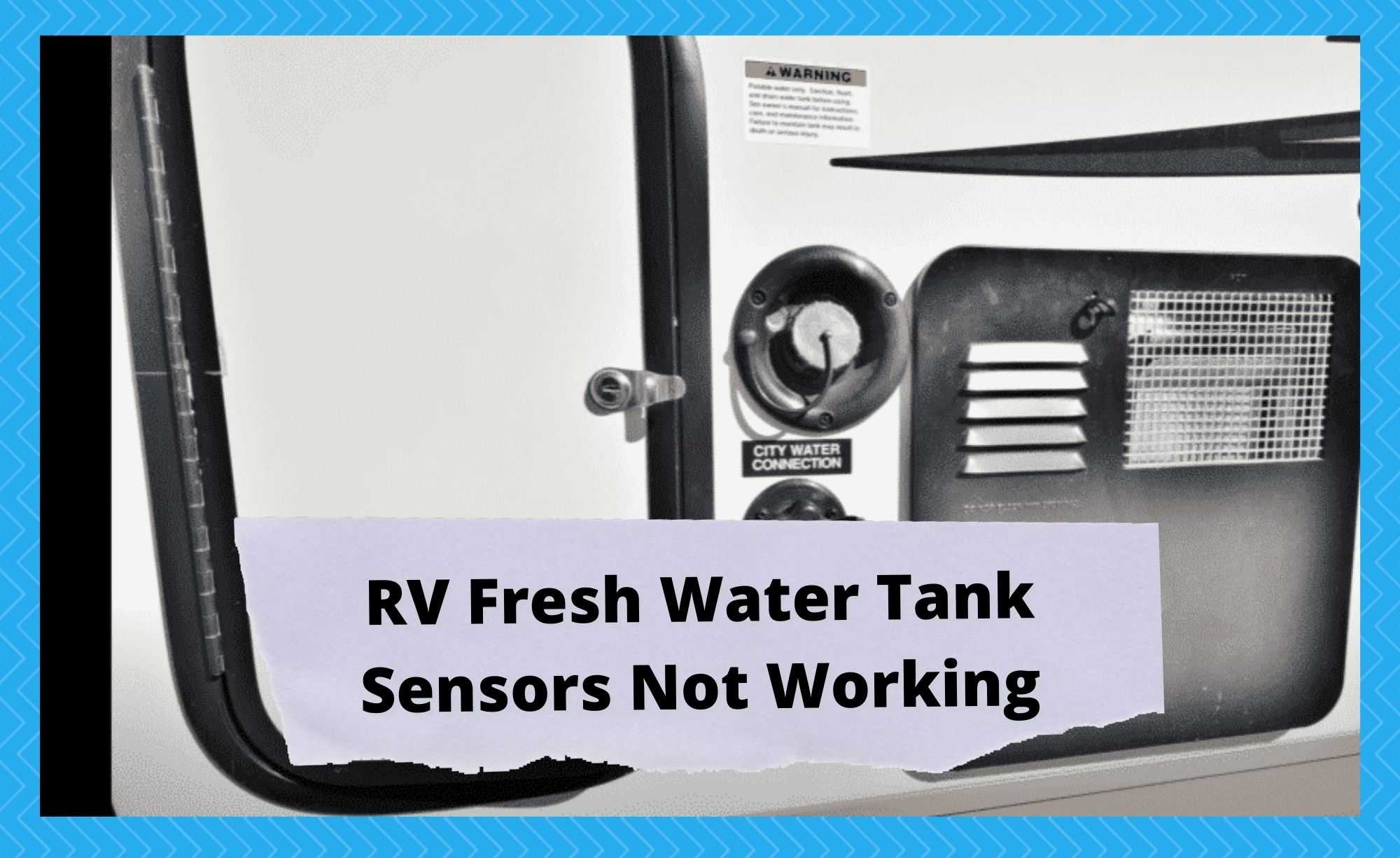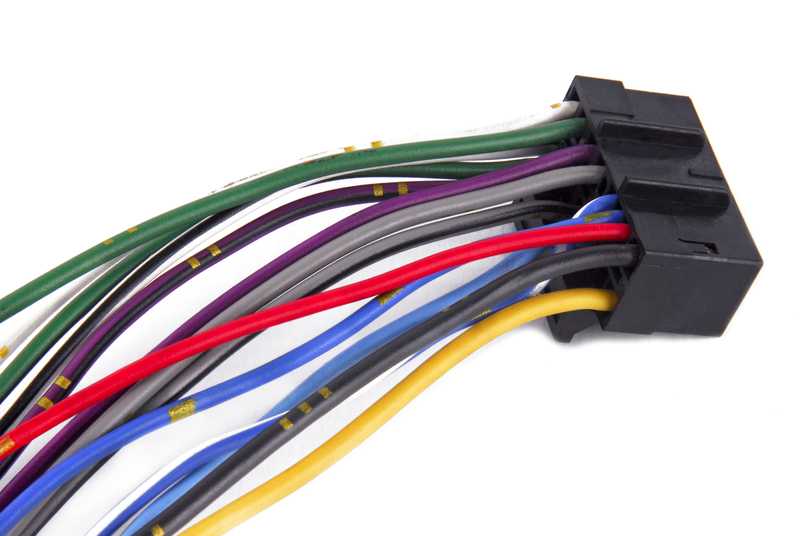
You know how important it is to keep your RV’s water tanks full if you own one. You can manually keep an eye on them but it takes a lot of effort. In order to address this problem, companies have come up with sensors you can install in your motorhome. You won’t have to worry about the water level in your vehicle because these will keep it full at all times.
Most recreational vehicles are already equipped with these sensors. Otherwise, you can purchase them for yourself if they aren’t on the list. The process to set them up is quite straightforward.
RV users have reported that their freshwater tank sensors do not function even though these devices are great. This can be quite irritating to deal with, so we’ll provide some troubleshooting steps that you can follow in this article.
Know About RV Fresh Water Tank
An RV freshwater tank is a tank that stores fresh water in an RV motorhome to be used by owners or travelers when needed. This tank is also known as the holding tank for RVs. One of the links that an RV has when it is hooked up at an RV station or camp area is a source of fresh water coming from the city.
A regulator is placed at this connection which regulates the water pressure and sends water to fill the whole piping system of the RV including all the taps, sinks, shower, and bathroom tanks. This is exactly similar to the procedure of filling up the tanks and reservoirs of a house or building.
Freshwater is stored in these tanks and it is available for use when you are traveling. These tanks play an important role in enhancing the overall touring experience of an RV. The tanks are responsible to keep the regular supply of freshwater to every part of the RV.
There can be more than one water tank present in the RV. It depends upon the size of the motorhome you own and how many compartments it has.
RV Fresh Water Tank Sensors Not Working
- Check Indicator In RV
Your first step should be to look carefully at your vehicle’s indicator. There can be loose wires in them or they might not have been connected properly. If this happens, the sensors won’t work. Remove the indicator panel and remove the wires carefully.
Don’t apply too much pressure because the wires are prone to breaking if there is too much pressure applied. You should be able to determine the problem by removing the indicator panel and looking for any disconnected wires. These wires can easily be repaired if there are only minor damages. When you do this, your sensor should begin working correctly again.
- Check Tank’s Wiring
Even though the wiring is fine on the vehicle’s side, it could be a problem on the tank’s side. The possibility of these wires getting below the tank can sometimes cause them to break and become damaged.
Make sure you check the wiring carefully to determine if it has become loose, damaged, or has been tampered with. If they are loose, damaged, or even folded then replace them or fix them for yourself. Most problems like these can be fixed by reconnecting a loose cable.
- Contact Customer Support
Contact the customer support team if you have recently purchased your vehicle. The warranty may still be active on your vehicle. It is likely that your sensors have become damaged if the steps mentioned above don’t work. A company can usually fix any technical issue like this.
Make sure that you tell them about your problem in detail when you contact them online or by phone. This will enable them to provide assistance to you.
You will find that some companies even offer free replacements for their customers, but these may vary depending on your choice of company. Along with this, you can also visit a workshop for assistance. They can help you with this issue.
Why RV Freshwater Tank Sensor Is Important
RV freshwater tanks are a very crucial part of your RV infrastructure as they ensure a continuous supply of freshwater during your travel. RV fresh water tank sensors are important as they let you know about the level of water in your holding tanks.
According to the programming of the sensors, they will provide you with information about the level of water in the tank and may sound an alarm or beep when the water level is critically low. These sensors are devices that detect the level of water when water touches them. That is why their placement in the tanks is also very crucial.
You definitely need to install a water tank sensor in your RV’s holding tank if you are doing dry camping and traveling to remote areas where there are no campgrounds for RVs. On the other hand, if you only camp at specialized campsites for RVs (campgrounds), you might not need to get a water sensor for your tank.
This is due to the fact that your RV will remain connected to the main supply of water coming from the city so you don’t need water sensors because such RVs don’t even have holding tanks.
The main purpose of the freshwater tank sensor is to do the reading of the water levels of the tanks. You need these sensors to continuously monitor the water level of the tank of the RV and let you know when you need to refill these tanks. This is important when you are self-contained while traveling in remote areas.
These sensors will let you know when your tank is full and when it is almost empty. This will help you maintain a balance and will not let you run out of water or overflow your drain.
Different Categories Of RV Water Tanks
As there are many types of RV motorhomes present out there, their components may also vary from each other. Similarly, not all RVs have similar water tanks. There are three common types of water tanks commonly used in RVs.
Fresh Water Tank
You need fresh water in your RV to utilize in your sinks, shower, and toilet. To store this freshwater you need a water tank. These tanks are usually refilled when you attach your RV with the connections at an RV campground.
Through these connections, your RV’s fresh water tank is filled and every pipe of your RV gets fresh water. These tanks are commonly made of classical polyethylene plastic that is perfect to store freshwater without contaminating it. These tanks can usually store up to 20 to 100 gallons of water, depending upon their size. It is very important to select a plastic water tank that is rated as BPA-free.
Gray Water Tank
It is obvious that water has to be drained out of the RV after use. You cannot keep letting this water drain on the road on which you are traveling or at the campgrounds. There are proper places constructed for the disposal of wastewater from RVs. So, you need a wastewater storage tank. This tank is known as the gray water tank.
This gray water tank only has used water that comes from the shower and sinks. It doesn’t have toilet waste. That is why it is called a gray water tank, not black. The common storage capacity of these tanks is 50 gallons.
It is obvious that all the RVs have toilets and travelers use them from time to time during the trip. You definitely need a tank to store wastewater and toilet debris. A Black tank is designed for this purpose.
This tank holds the wastewater coming from the toilet only. The sizes of these tanks depend upon the size of the motorhome. Still, the common storing capacity ranges between 40 to 70 gallons of wastewater.
The reason to allocate a separate tank for toilet waste is its disposal. The gray water tank can be emptied on the ground (specifically allocated area at campgrounds). But, you cannot empty your black tank unless you go to a certified disposal place particularly made for black water disposal.



